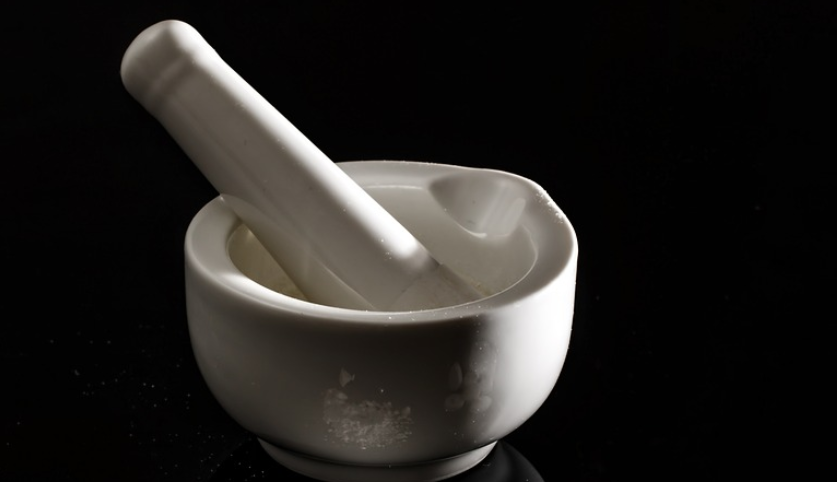Introduction
Polymer is a material that has become ubiquitous in our daily lives. From plastic bags to car parts, polymers have a wide array of applications. But have you ever wondered what makes up a polymer? In this article, we will explore the small chemical units that make up this versatile material.
What is a Polymer?
Before diving into the small chemical units that make up a polymer, let’s first define what a polymer is. A polymer is a material made up of repeating units called monomers. These monomers are connected through a chemical process called polymerization, resulting in a long chain of molecules.
The Small Chemical Units
The monomers that make up a polymer can vary depending on the type of polymer. However, the most common monomers used in polymers are ethylene, propylene, and styrene. These monomers are all hydrocarbons, meaning they are made up of carbon and hydrogen atoms.
Ethylene
Ethylene is the monomer used in the production of polyethylene, one of the most widely used polymers. Polyethylene has a variety of applications, from packaging materials to medical implants. Ethylene is a simple molecule, consisting of two carbon atoms and four hydrogen atoms.
Propylene
Propylene is the monomer used in the production of polypropylene, another commonly used polymer. Polypropylene has a variety of applications, including in the automotive industry and in food packaging. Propylene is a slightly more complex molecule than ethylene, consisting of three carbon atoms and six hydrogen atoms.
Styrene
Styrene is the monomer used in the production of polystyrene, a polymer used in a variety of applications, including insulation and packaging materials. Styrene is a more complex molecule than ethylene and propylene, consisting of eight carbon atoms and eight hydrogen atoms.
The Importance of Monomer Choice
The choice of monomer used in the production of a polymer can have a significant impact on the properties of the resulting material. For example, polyethylene and polypropylene have different mechanical properties due to the differences in their monomer structures. Understanding the properties of different monomers is crucial in the production of polymers with specific characteristics.
Conclusion
In conclusion, polymers are made up of repeating units called monomers. The most common monomers used in polymers are ethylene, propylene, and styrene. The choice of monomer used in the production of a polymer can have a significant impact on the properties of the resulting material. By understanding the small chemical units that make up polymers, we can better understand the properties and applications of these versatile materials.

